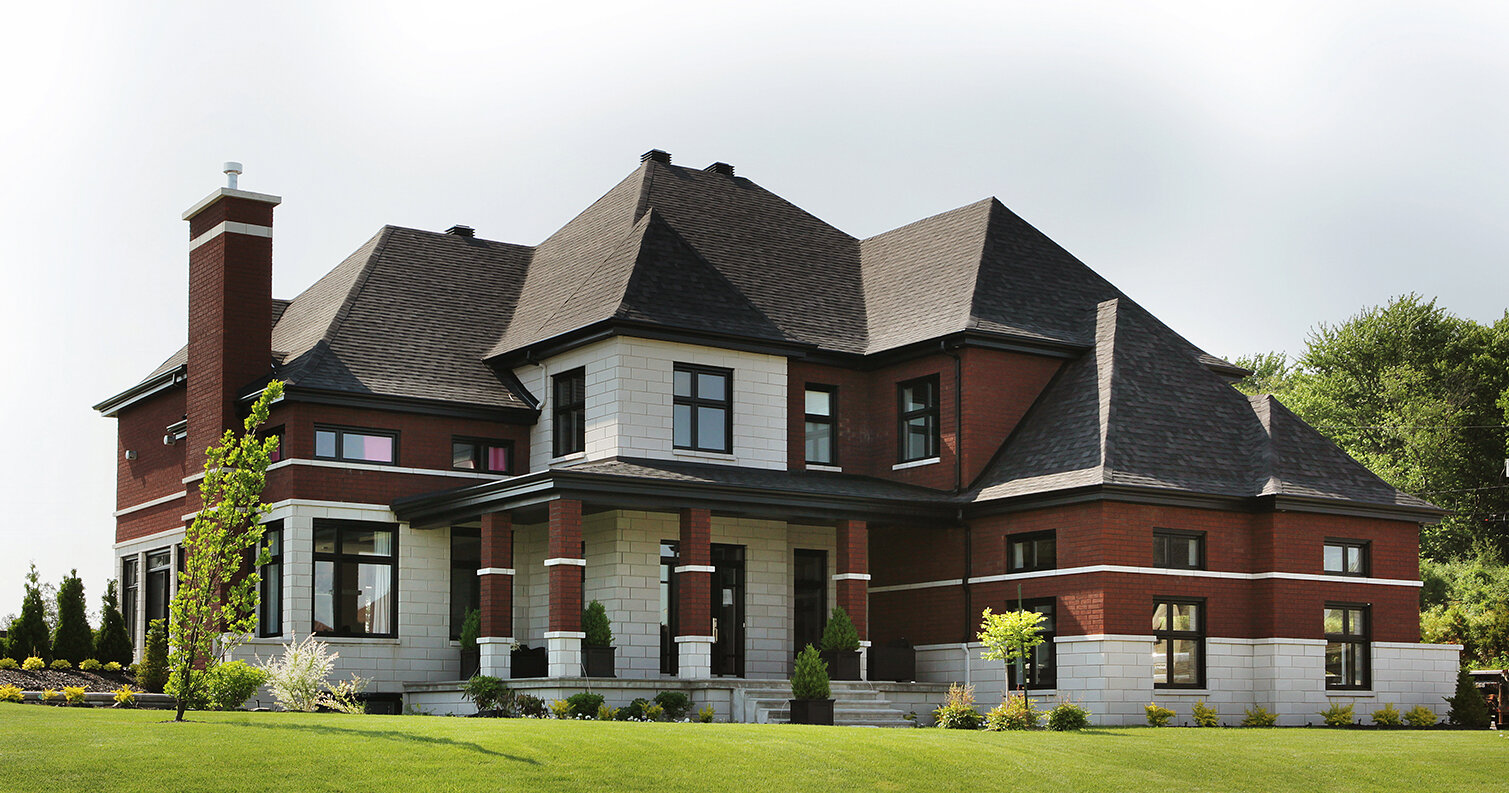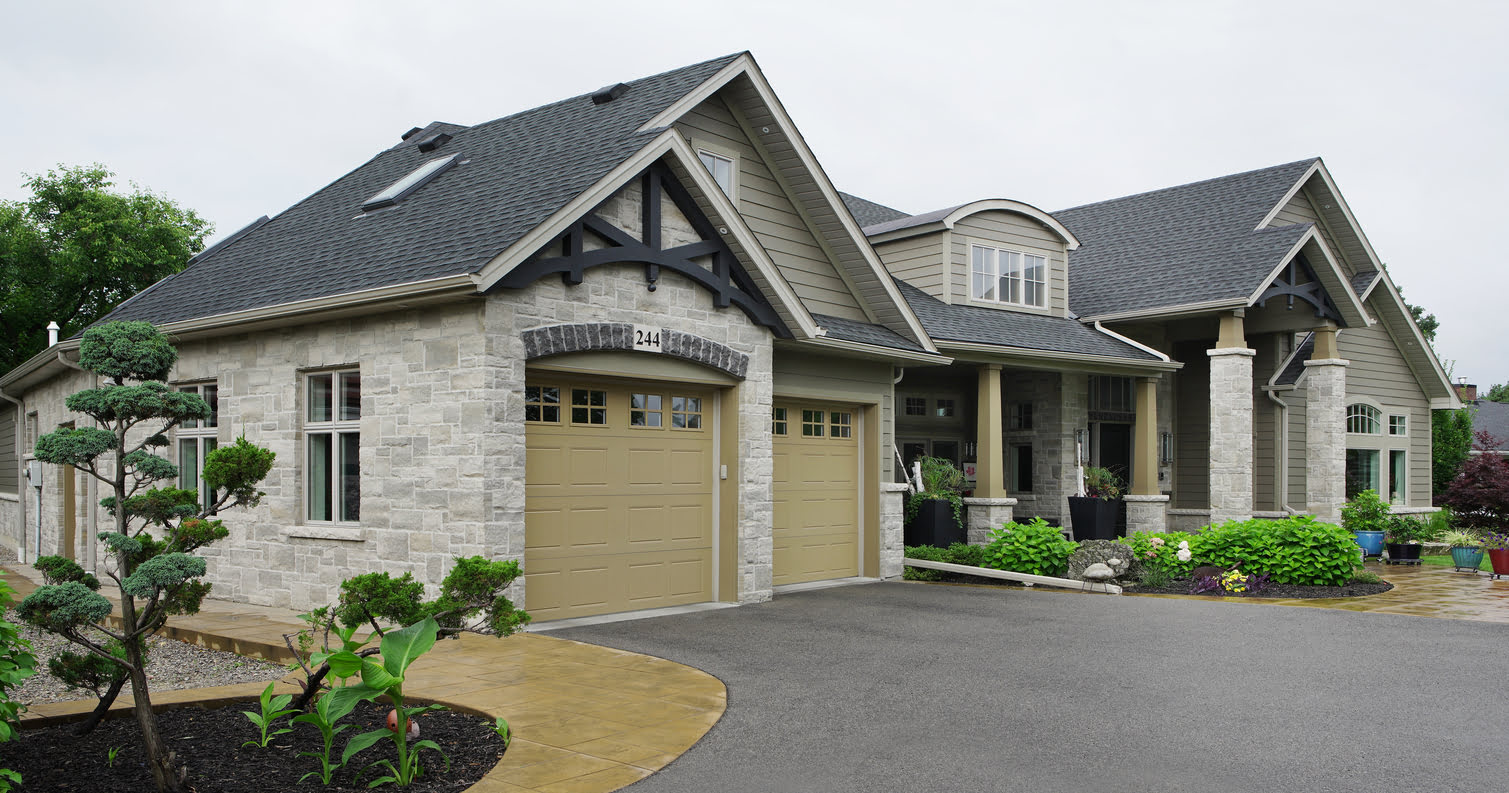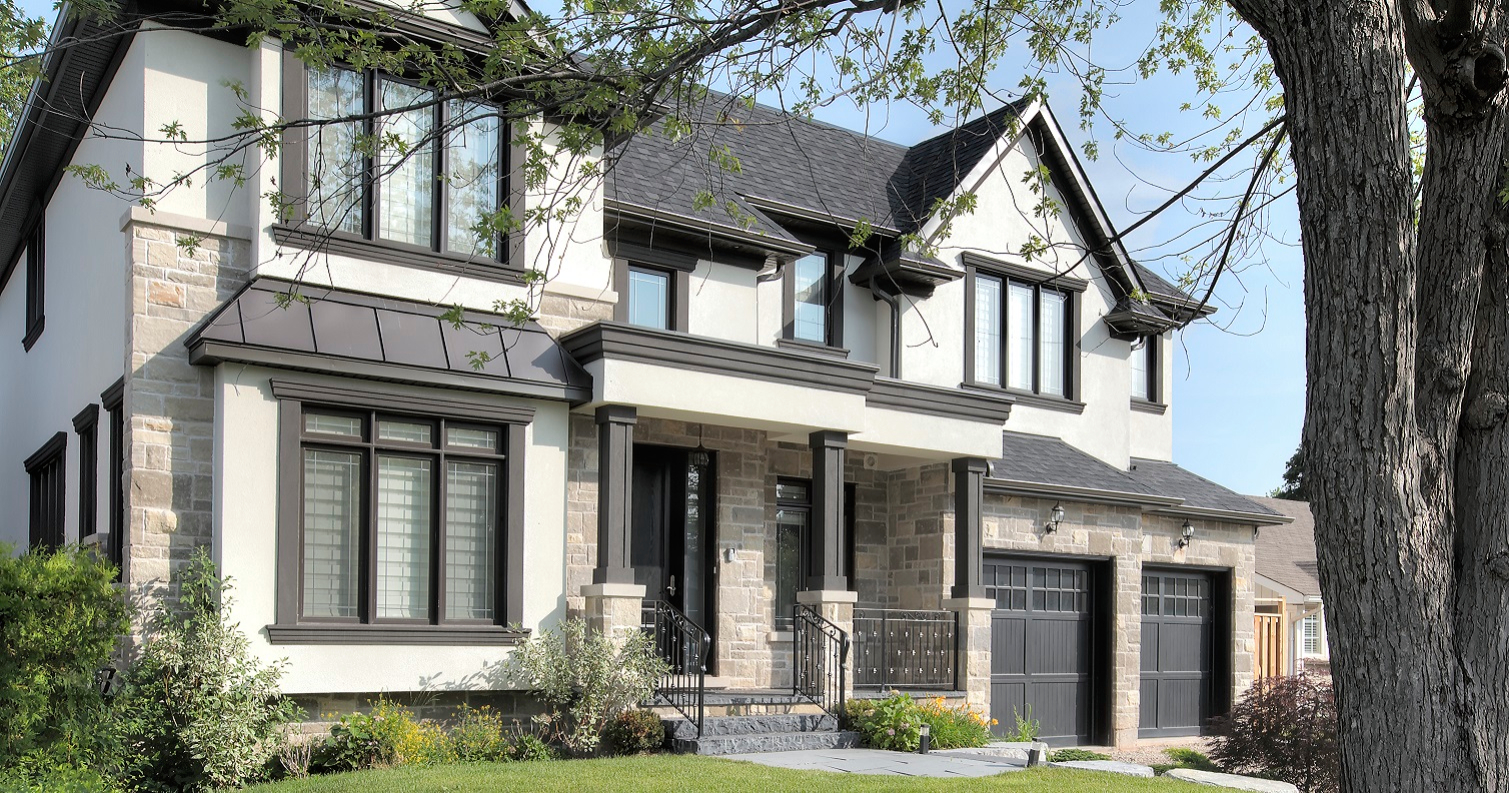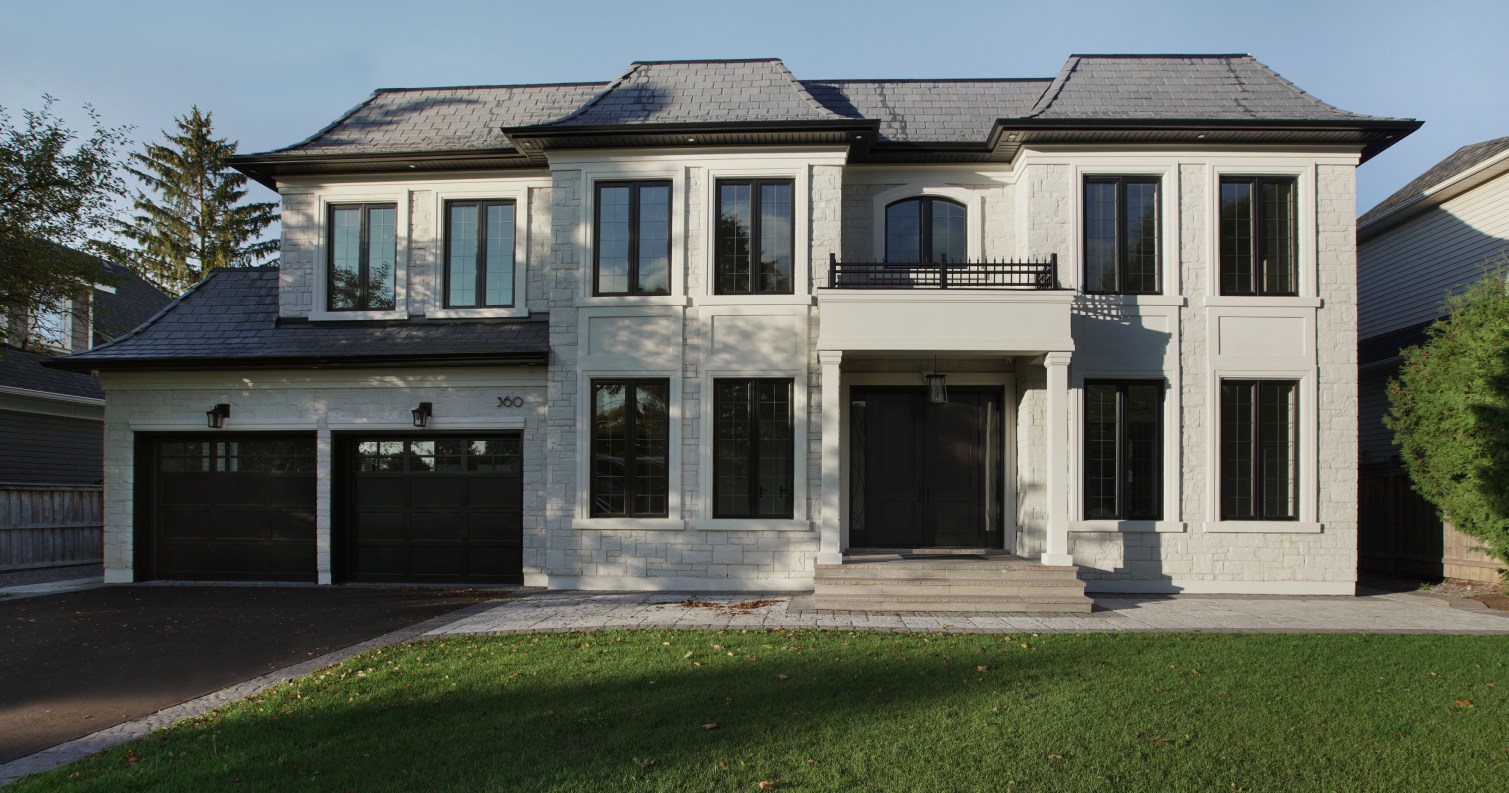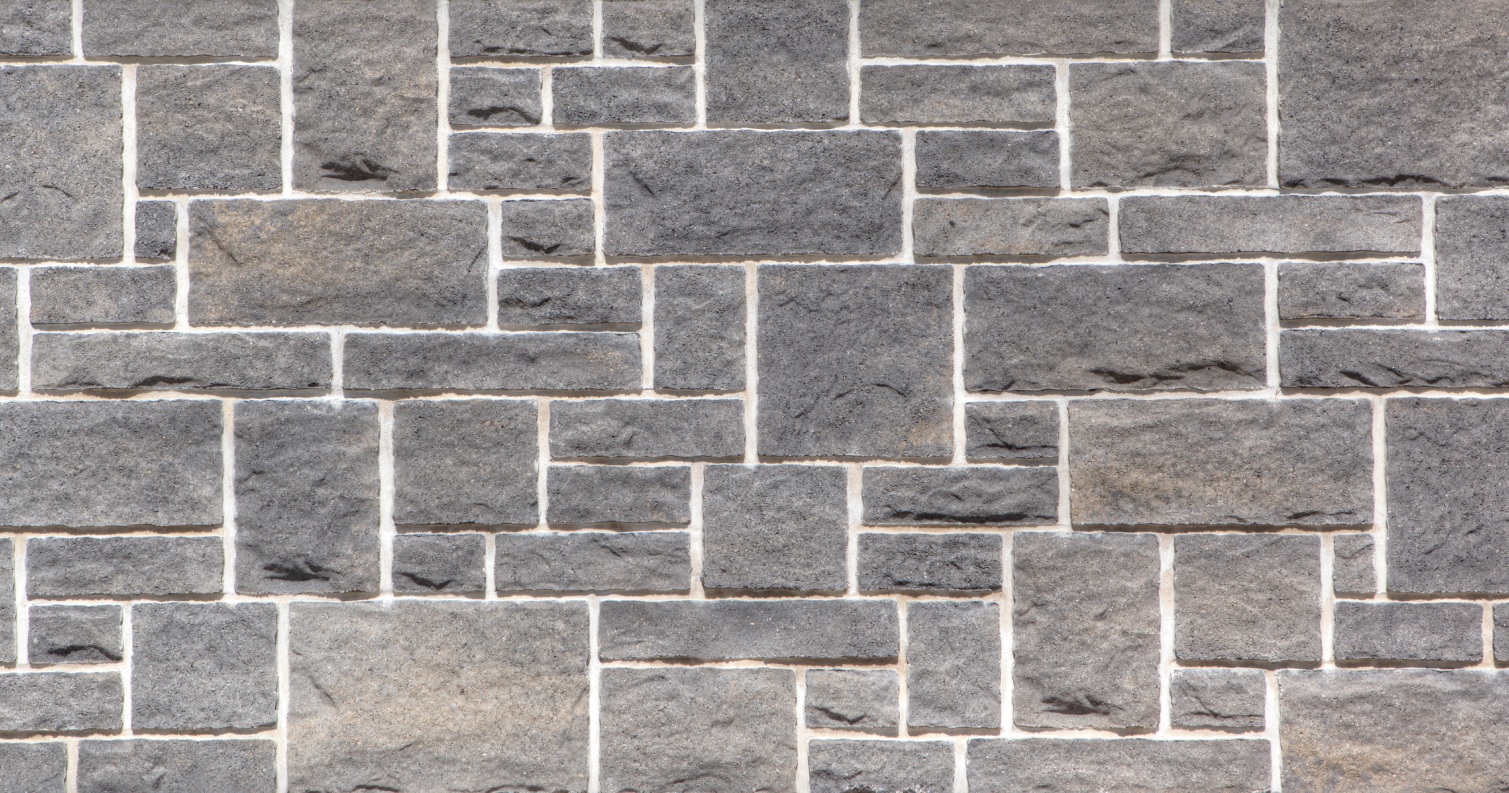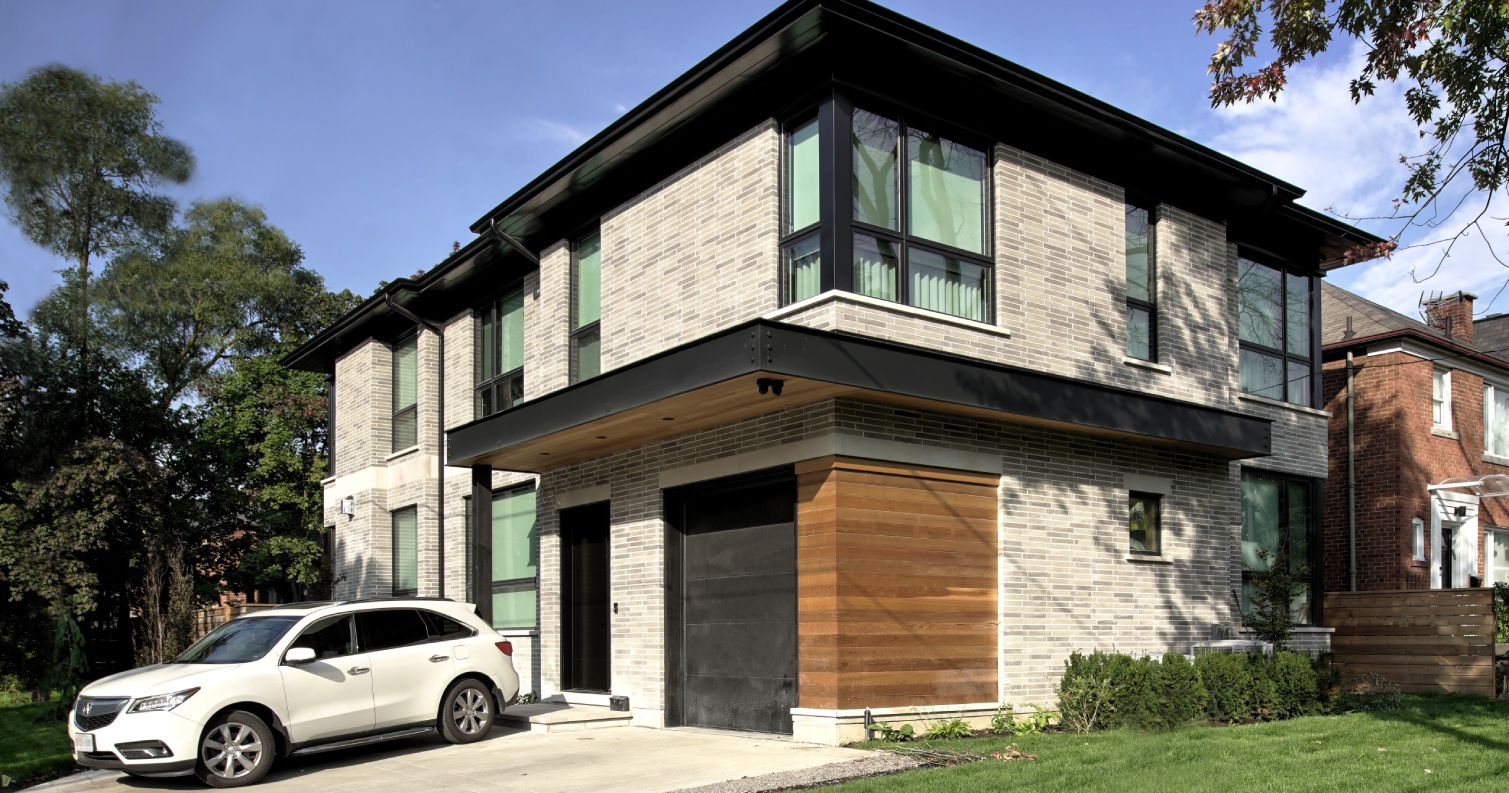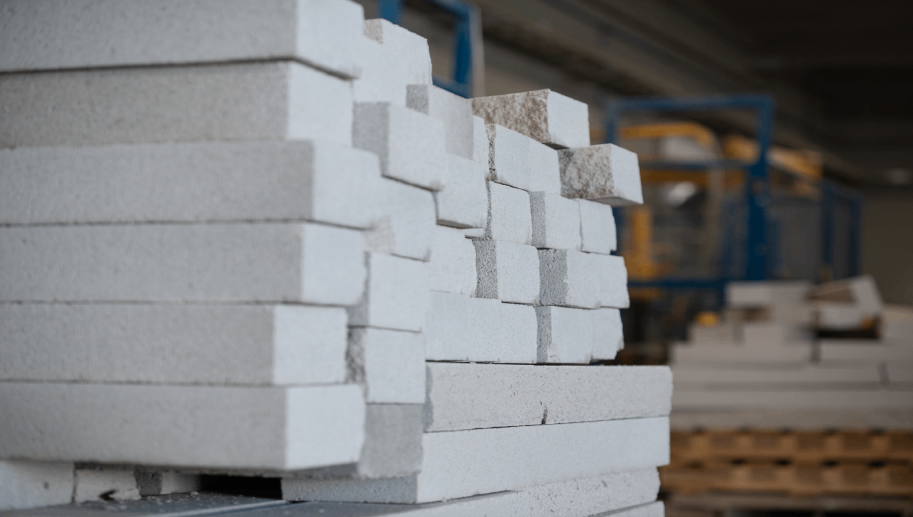Everyone is trying to do their part to combat climate change. Architects have the unique opportunity to help homeowners achieve their dreams in the most sustainable way possible. Here are six eco-friendly materials to consider using in your next project.
Structural insulated panels
Structural insulated panels (SIPs) are increasingly replacing stick frame construction for many reasons. While builders are primarily focused on the speed that framing can be completed with SIPs, they also offer a number of sustainable benefits.
For starters, once properly installed the result is an air-tight, fully insulated frame. The panels are manufactured in a climate-controlled environment, so there’s no risk of wasted materials from weather damage. And the CAD-design assembly equipment minimizes waste. In some cases, the lumber used in the framing comes from FSC-certified suppliers.
Insulating concrete forms
As with SIPs, builders are increasingly turning to insulating concrete forms (ICFs) for expedited foundation installations. But ICFs can be used on any storey, giving you the option to create an air-tight, insulated structure from foundation to eaves.
With the variety of forms and thicknesses available, the sky’s the limit when it comes to design. A number of finishes, including stucco, brick veneers and wood can be applied directly to the exterior face of ICFs.
Smart glass
Most homeowners want as much natural light as possible. But on the inside, you need blinds for privacy and to reduce heat gain. Smart glass turns clear windows opaque or frosted with the flick of a switch. Talk about a “wow” factor. Leave the tinting on during the day in the warmer months to reduce cooling costs. Admittedly, the technology is a markup from standard glass, but it does allow for expansive floor to ceiling views without boxy frames for blinds on the floor or ceiling.
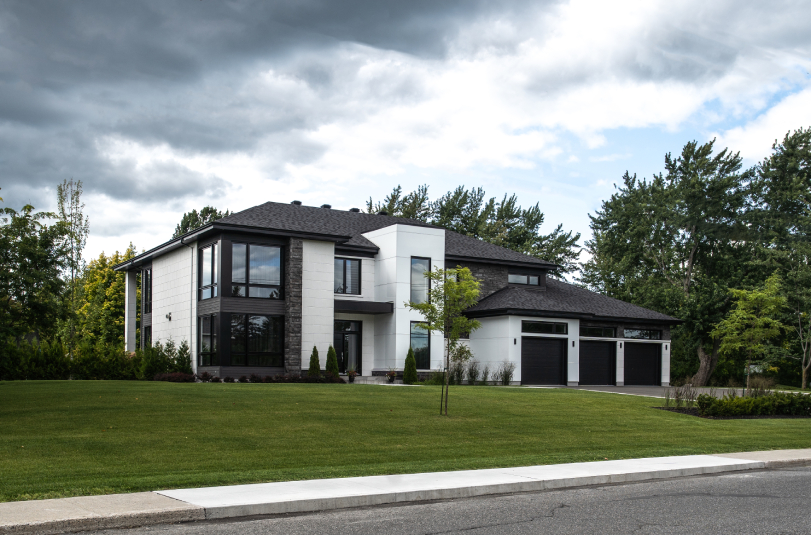
Depending on the project’s climate zone, you should use double- or triple-paned windows.
Reclaimed wood
Reclaimed wood offers a warm, natural look when used as exterior cladding or accent pieces. It also fits with the trend of mixing-and-matching contrasting textures, such as stone or brick veneers along with reclaimed wood siding. A refurbished stately wooden door can be used to create a dramatic entranceway.
On the inside, reclaimed wide plank industrial flooring or barnboard can be used to create stunning accent walls – or a new floor with age-old appeal. For projects that require new lumber, try to seek out FSC-certified sources.
Metal roofs
Metal roofing combines versatility with durability. The material is available in a wide array of colours, textures and finishes. It even comes in designs that mimic the look of slate, tile, or asphalt shingles, giving architects endless options to choose from.
Metal roofs are so durable that many manufacturers offer lifetime warranties. Compare that to an asphalt roof that will need to be replaced every 15 to 20 years.
Plus, the offcuts are recyclable, and the entire roof can be recycled if the homeowner decides to change the look decades down the road.
Stone Veneer
Of all the materials used in building a home, none can claim to be more timeless and durable than stone or brick. Unlike wood or vinyl siding which needs to be regularly repainted or replaced when damaged, a product like Shouldice Stone’s architectural lineup offers a variety of textures, colours and sizes so you can produce contemporary or traditional looks that will last a lifetime.
Masonry buildings are 8 to 13 per cent more energy efficient than ones clad in stucco or siding, which results in lower energy costs for the owner and reduced carbon emissions for the lifetime of the structure. For commercial projects, Shouldice Stone products also earn LEED points towards certification.
Whether your client is looking for a modern or classic design, there are numerous ways to incorporate sustainable materials to achieve your vision while minimizing harm to the planet. Get inspired about how you can incorporate stone veneers and brick into your next project by checking out our project gallery.
